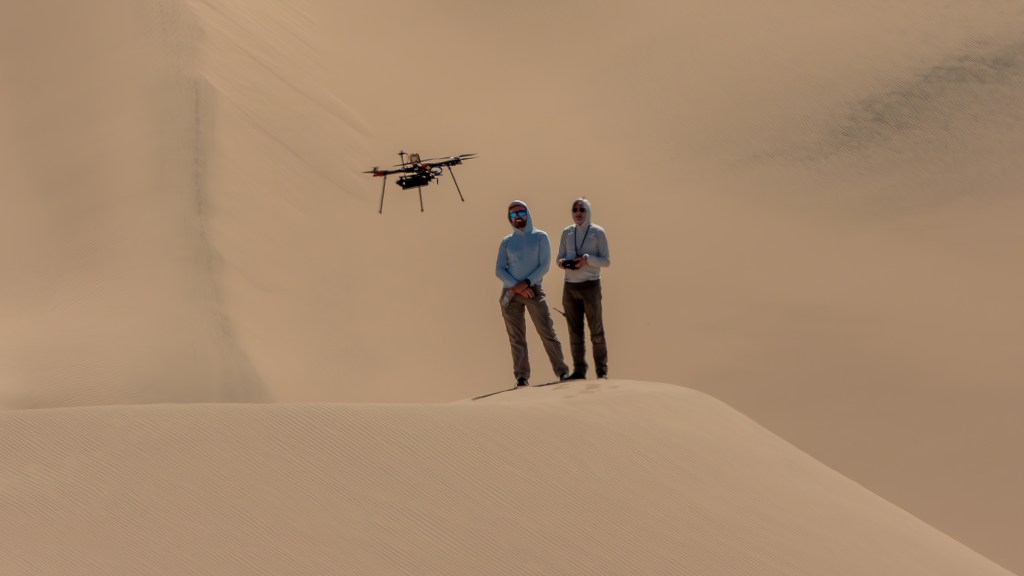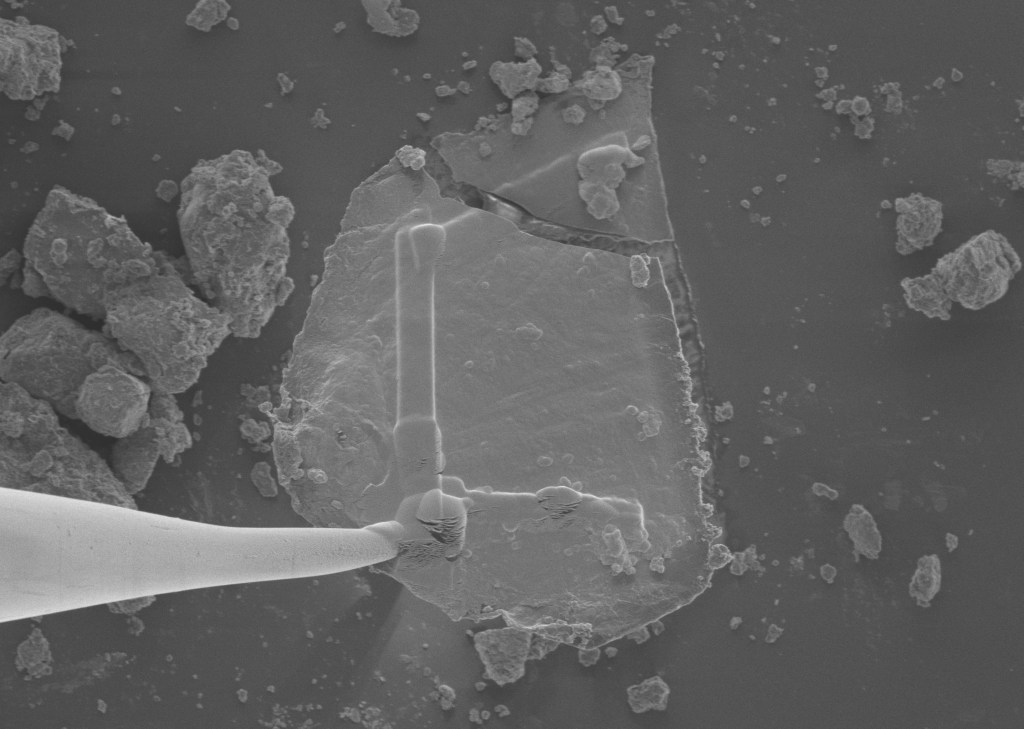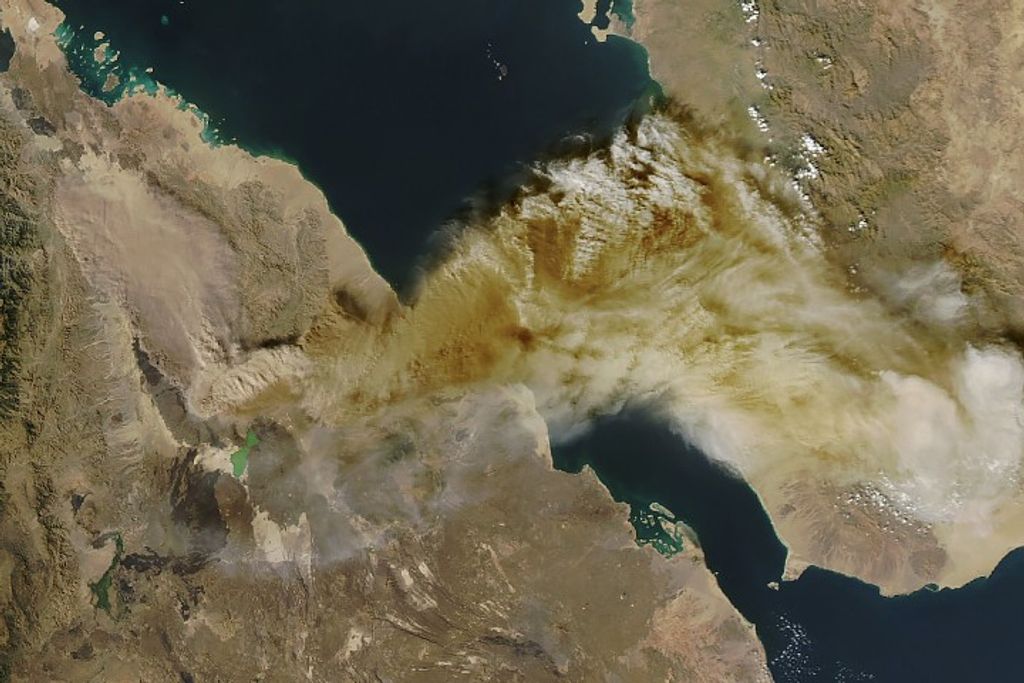This image taken on Oct. 24, 2004, reveals Titan's bright "continent-sized" terrain known as Xanadu. It was acquired with the narrow angle camera on Cassini's imaging science subsystem through a spectral filter centered at 938 nanometers, a wavelength region at which Titan's surface can be most easily detected. The surface is seen at a higher contrast than in previously released imaging science subsystem images due to a lower phase angle (Sun-Titan-Cassini angle), which minimizes scattering by the haze.
The image shows details about 10 times smaller than those seen from Earth. Surface materials with different brightness properties (or albedos) rather than topographic shading are highlighted. The image has been calibrated and slightly enhanced for contrast. It will be further processed to reduce atmospheric blurring and to optimize mapping of surface features. The origin and geography of Xanadu remain mysteries at this range. Bright features near the south pole (bottom) are clouds. On Oct. 26, Cassini will acquire images of features in the central-left portion of this image from a position about 100 times closer.
The Cassini-Huygens mission is a cooperative project of NASA, the European Space Agency and the Italian Space Agency. The Jet Propulsion Laboratory, a division of the California Institute of Technology in Pasadena, manages the Cassini-Huygens mission for NASA's Science Mission Directorate, Washington, D.C. The Cassini orbiter and its two onboard cameras were designed, developed and assembled at JPL. The imaging team is based at the Space Science Institute, Boulder, Colo.
For more information about the Cassini-Huygens mission, visit http://saturn.jpl.nasa.gov and the Cassini imaging team home page, http://ciclops.org .
Image Credit:
NASA/JPL/Space Science Institute




























